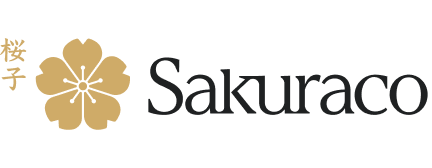okinawa museums
Okinawa Museums: Dive into Eisa and More
Thuy Fang
Posted on July 02, 2025
Share:
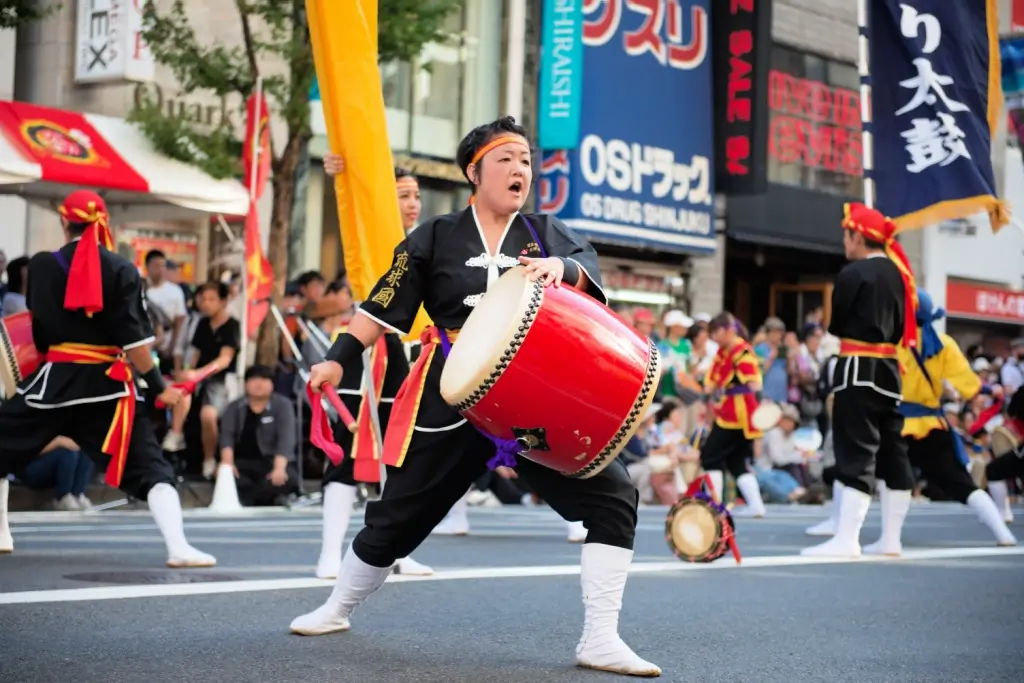
Okinawa Island, located in the southwest of Japan, has crystal-clear beaches and unique local specialties. Beyond its natural beauty, it’s also a place where countless remarkable treasures are preserved. These include unique cultural heritage, traditional arts, and the wonders of nature and science. Let’s look at some inspiring museums that can help you explore and enjoy all these amazing things, starting with the Eisa Museum!
Eisa Museum
If you want to learn about Okinawa’s traditional dance, the Eisa Museum is the perfect place to visit! This friendly museum is in Okinawa City, right inside Koza Music Town Sound Market. It was built to help people understand and enjoy eisa, a special summer dance to honor ancestors’ spirits during the Bon Festival. There are many fun things to see and do at the Eisa Museum! On the first floor, there’s a lounge where you can read books about Eisa and even try the Eisa Proficiency Test! You can also buy cool Eisa souvenirs at the shop. You might find fun shows, hands-on Eisa classes, or music and dance workshops in the event space.
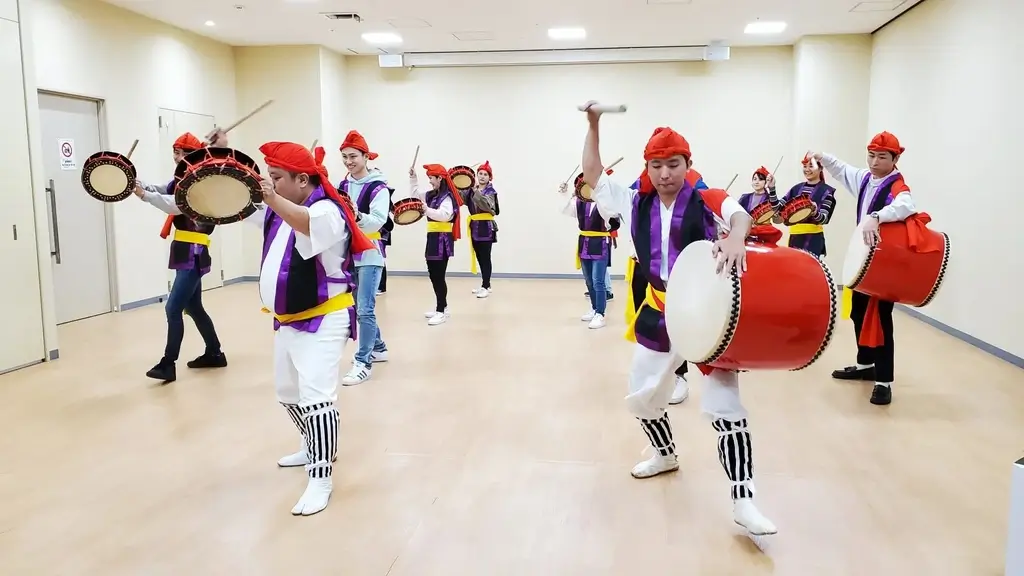
The second floor is a paid area with many exciting exhibits. One of them is the Eisa Rhythm Experience. Big screens and VR make you feel like you’re dancing at a festival. You can also use a tablet to see how Eisa differs in each Okinawan area. There’s more to discover upstairs. Visitors can try on an absolute Eisa outfit and take memorable photos. They may also play the taiko drums or explore how the sanshin (Okinawan string instrument) is used in Eisa music.
teamLab Future Park Okinawa
Situated inside the DFS Okinawa Shopping Center in Naha, teamLab Future Park is created by the famous art group teamLab. This permanent exhibition was built to help children and adults enjoy art through movement, touch, and co-creation.
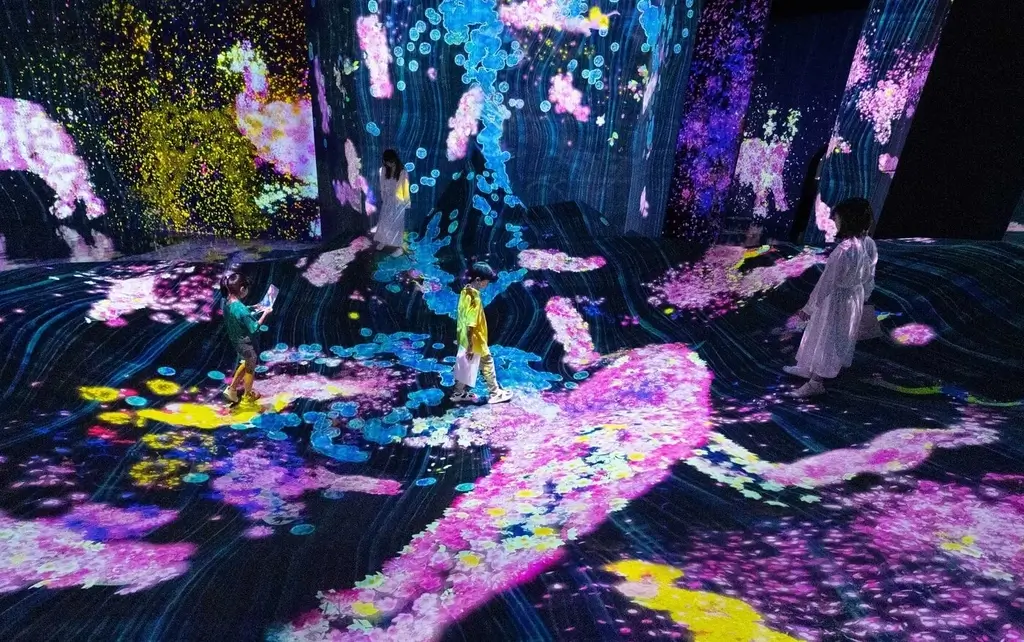
One of the most exciting parts of the park is the Sketch Aquarium, where you can draw your fish and watch it swim across a giant screen with other sea creatures made by visitors. In the Light Ball Orchestra, you push glowing balls that change colors and make fun sounds.
In addition, there are also playful slides like Sliding Through the Fruit Field, where colorful fruit seems to grow as you slide down. Some artworks look like flowing water, with tiny animals like frogs and lizards moving around. At the Sketch Factory, your drawings can be turned into authentic souvenirs such as T-shirts, badges, towels, or tote bags.
Are you looking for great snacks from Okinawa? Check out Sakuraco! Sakuraco delivers traditional Japanese snacks, teas, and sweets from local Japanese makers directly to your door so you can enjoy the latest treats directly from Japan!
Ryukyu University Museum
The Ryukyu University Museum, also called Fujukan, is located inside the University of the Ryukyus in Nishihara Town. It first opened in 1967 on the old Shuri campus and later moved to its new home on the Senbaru campus in 1985. In 2015, it became an official university museum.
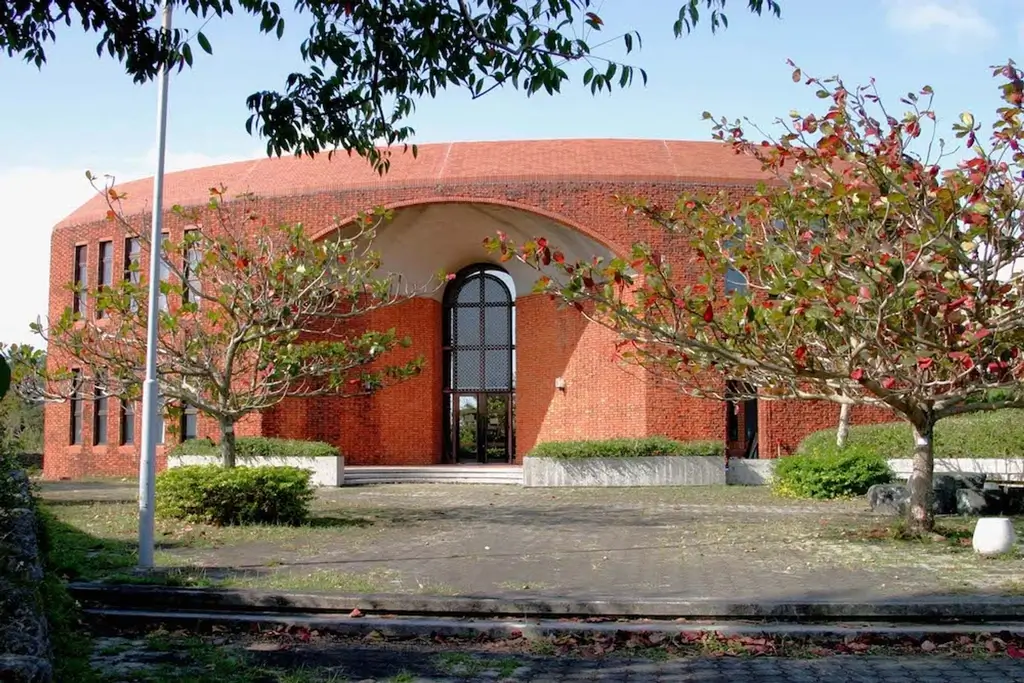
Fujukan is home to over 160,000 items! Some of the most amazing things include real specimens of rare animals such as the Iriomote cat and the Okinawa rail. There are also fascinating things from the past, like an old sundial from Shuri Castle and handmade tools used by people in the Ryukyu Islands long ago.
Visitors can learn about science, nature, and Okinawan traditions in the museum through displays, posters, and friendly guides. One special part is the Biotope area. This natural outdoor space allows you to watch plants grow and see small animals living in their own mini-habitats.
Urasoe Art Museum
This is a unique art museum located in Urasoe City. Established in 1990, it was the first public museum in Okinawa and the first in Japan to focus mainly on lacquerware, a shiny, colorful art made by carefully painting layers of lacquer on wood. This spot is famous for showing the beauty and skill of Ryukyuan lacquer art, which has a long history and was shaped by the cultures of Japan, China, and Southeast Asia.

Inside the place, you’ll find five exhibition rooms filled with over 60 stunning pieces of Ryukyu lacquerware. Visitors can also see lacquerware from other countries in Asia. Sometimes, there are exclusive exhibitions with paintings, photos, and other types of art. The outside is also interesting, with a design that mixes Southeast Asian and European styles.
Why should I check out these museums in Okinawa?
Visiting these locations is a way to understand the heart of the islands. They are spaces for learning, imagination, reflection, and connection. They give visitors a chance to explore Okinawan identity from many angles. This can be felt through the joyful rhythm of eisa, lacquerware’s shine, nature’s peacefulness, and the endless questions sparked in a child’s mind.
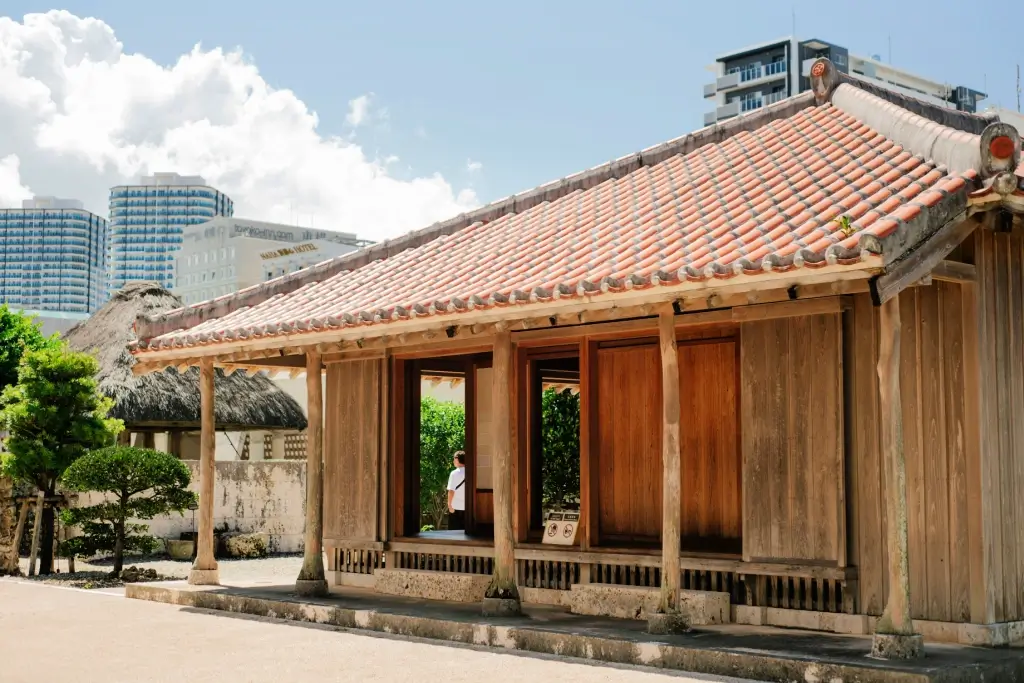
Furthermore, these places also reflect how deeply people in Okinawa care about preserving their culture, history, and natural treasures. So, which museum in Okinawa do you feel most curious about discovering? Let me know in the comments!
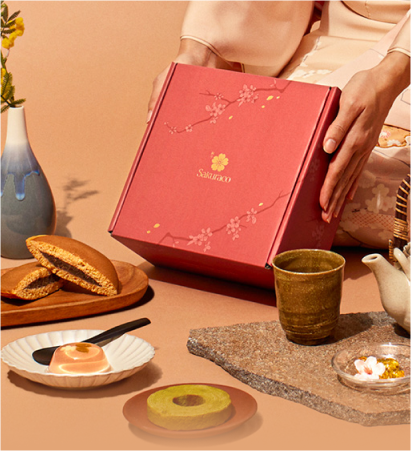
Discover authentic flavors with Sakuraco
Get Sakuraco 

Discover authentic flavors with Sakuraco
Get Sakuraco 
Related Articles
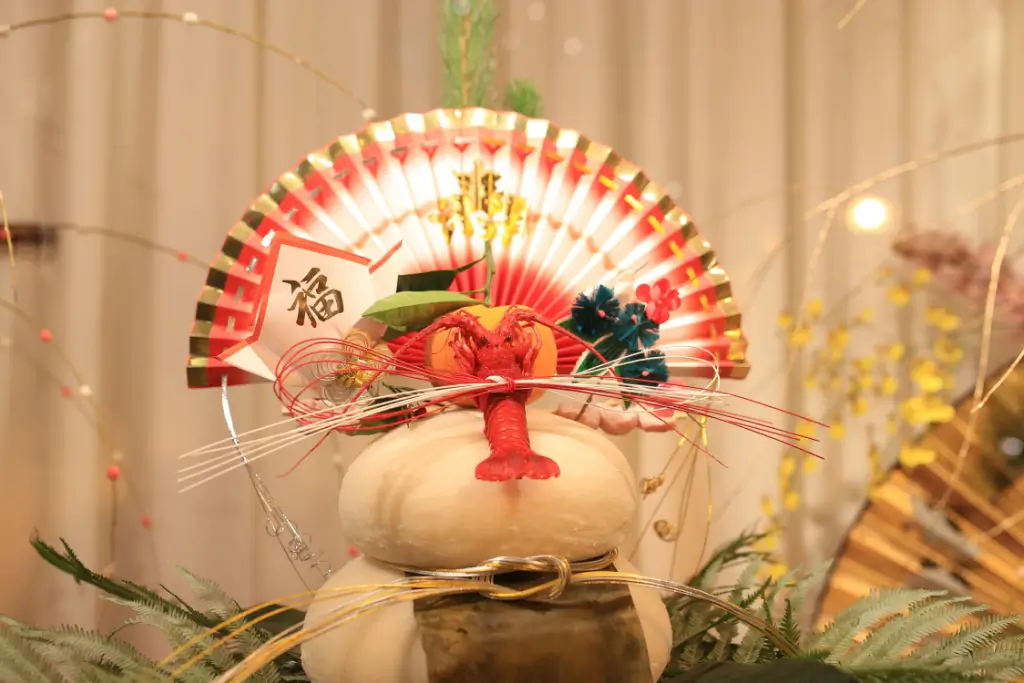
Toshigami and the New Year: How Shinto Welcomes a Sacred Visitor
In the Shinto tradition, Toshigami is the deity who arrives at the end of every year and remains through the New Year to bring blessings, a bountiful harvest, and good fortune. People in Japan honor Toshigami at the turn of the year with rituals, decorations, and special foods.
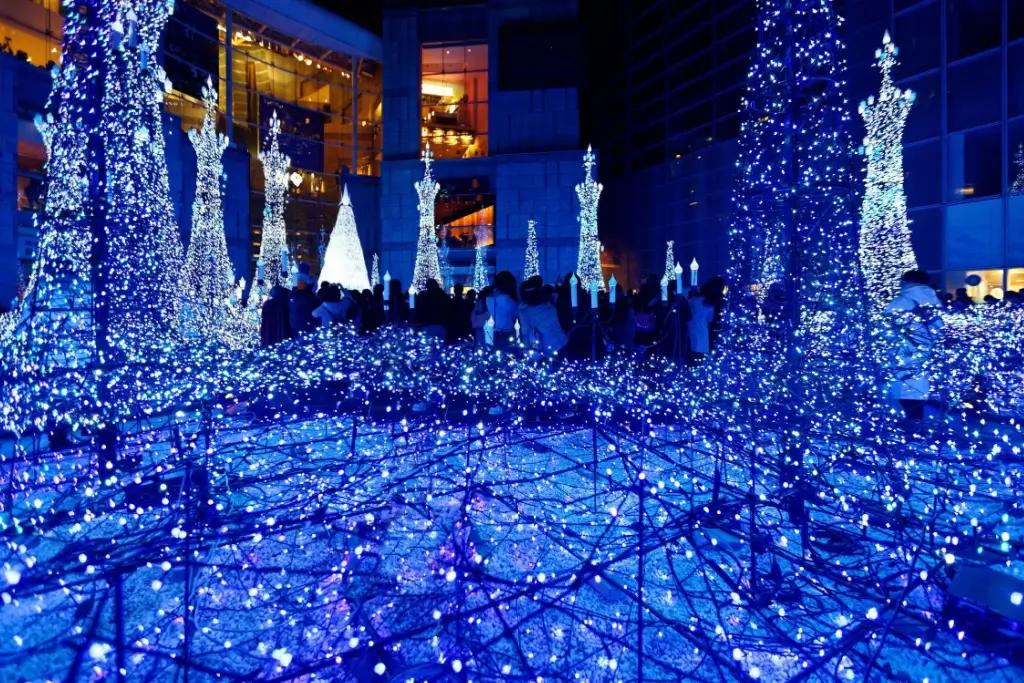
Japan in Winter: Why Are Illuminations Important?
Winter illuminations have become a tradition in Japan at the start of every Christmas season. Their sparkling brilliance chases away the cold of Japan in winter and encourages people to enjoy festive year-end activities. Let’s explore the origins and the amazing spots of winter illuminations in this beautiful country!

Behind the Camera with Rachel and Jun: Stories from Everyday Life in Japan
We had a lovely chat with Rachel and Jun about their story, from their early beginnings to how their videos continue to inspire people around the world. We’ve gathered and crafted their reflections into this special feature, so you can experience their story in a way that feels just like their videos: warm, genuine, and…
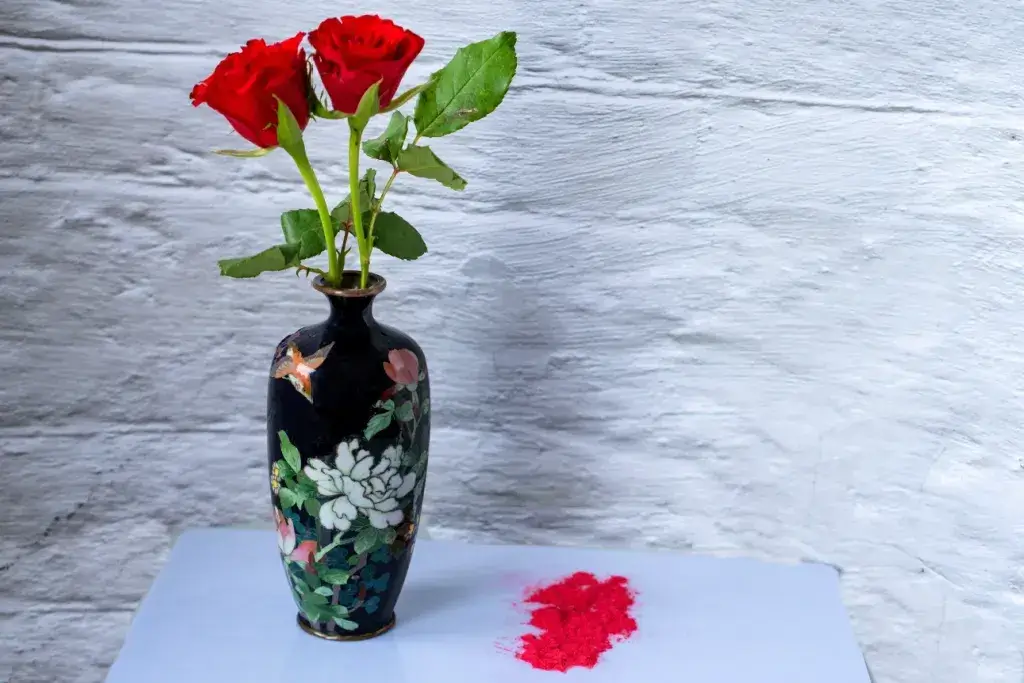
Japanese Ceramics: The Alluring Wares of Shippo Yaki
Imagine holding a small dish that glows as if sunlight is trapped inside it. This perfect example of Japanese ceramics resembles glass, with its colors deep and luminous, outlined with threads of silver. That’s the magic of shippo yaki.

